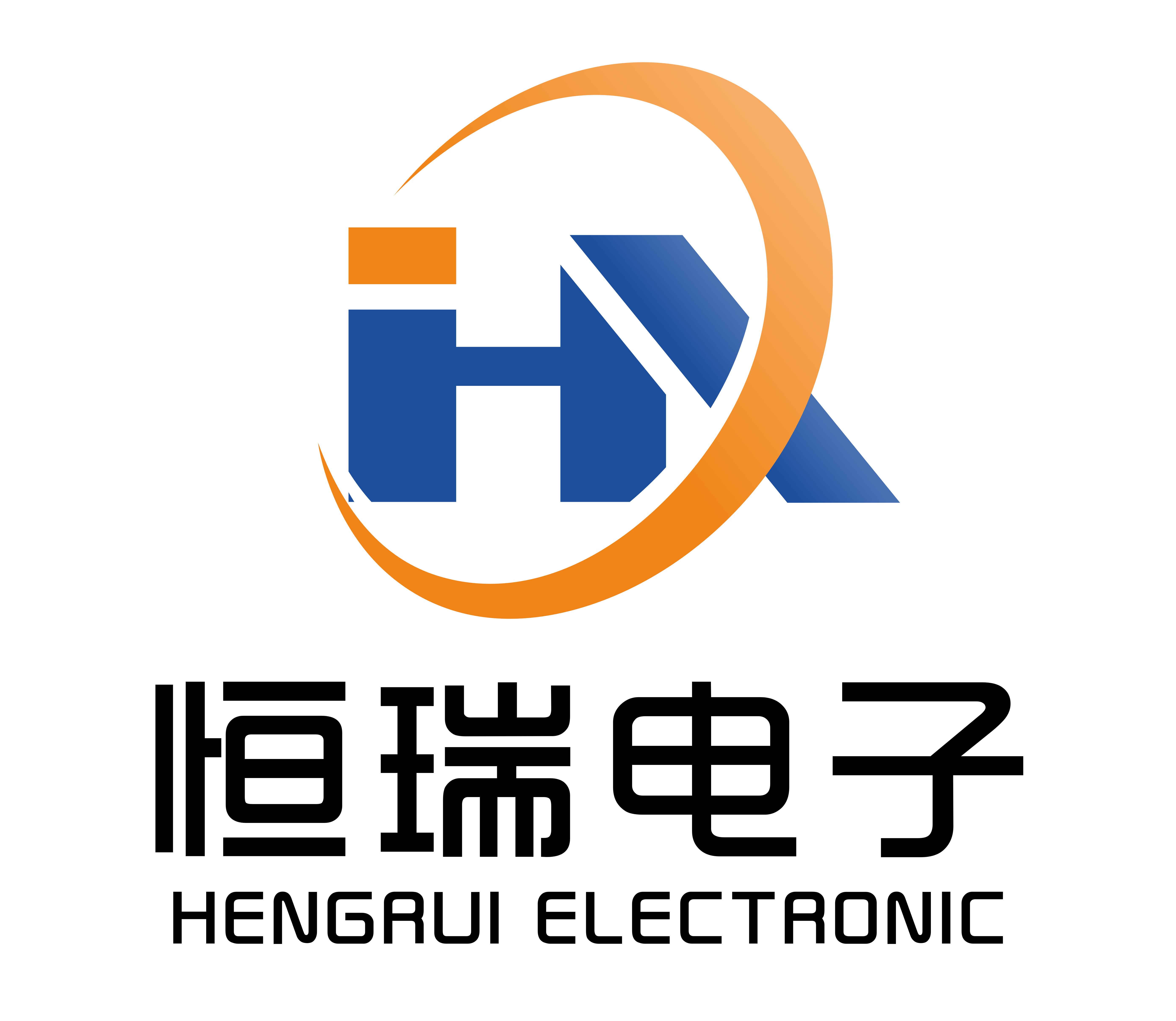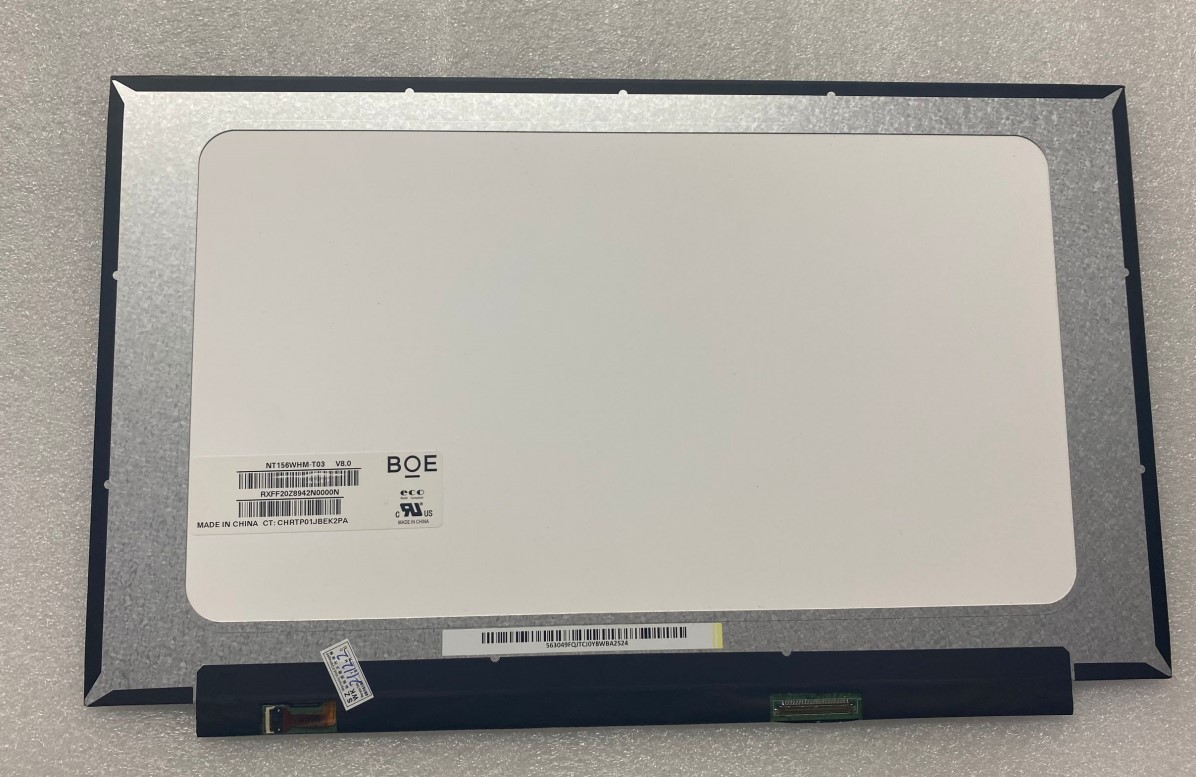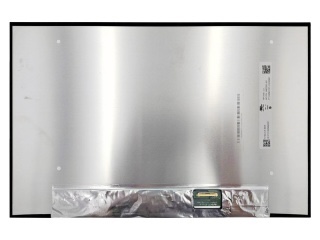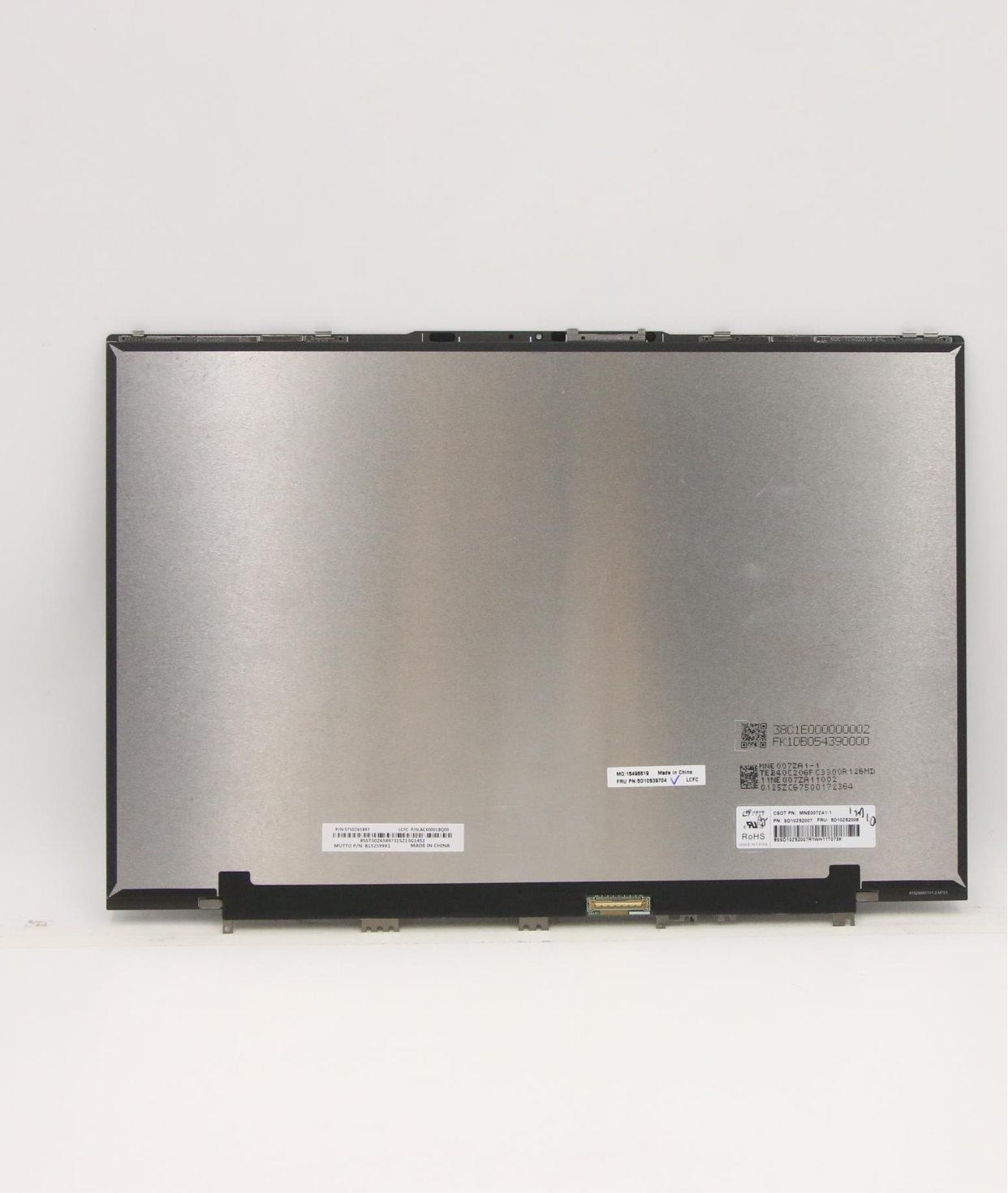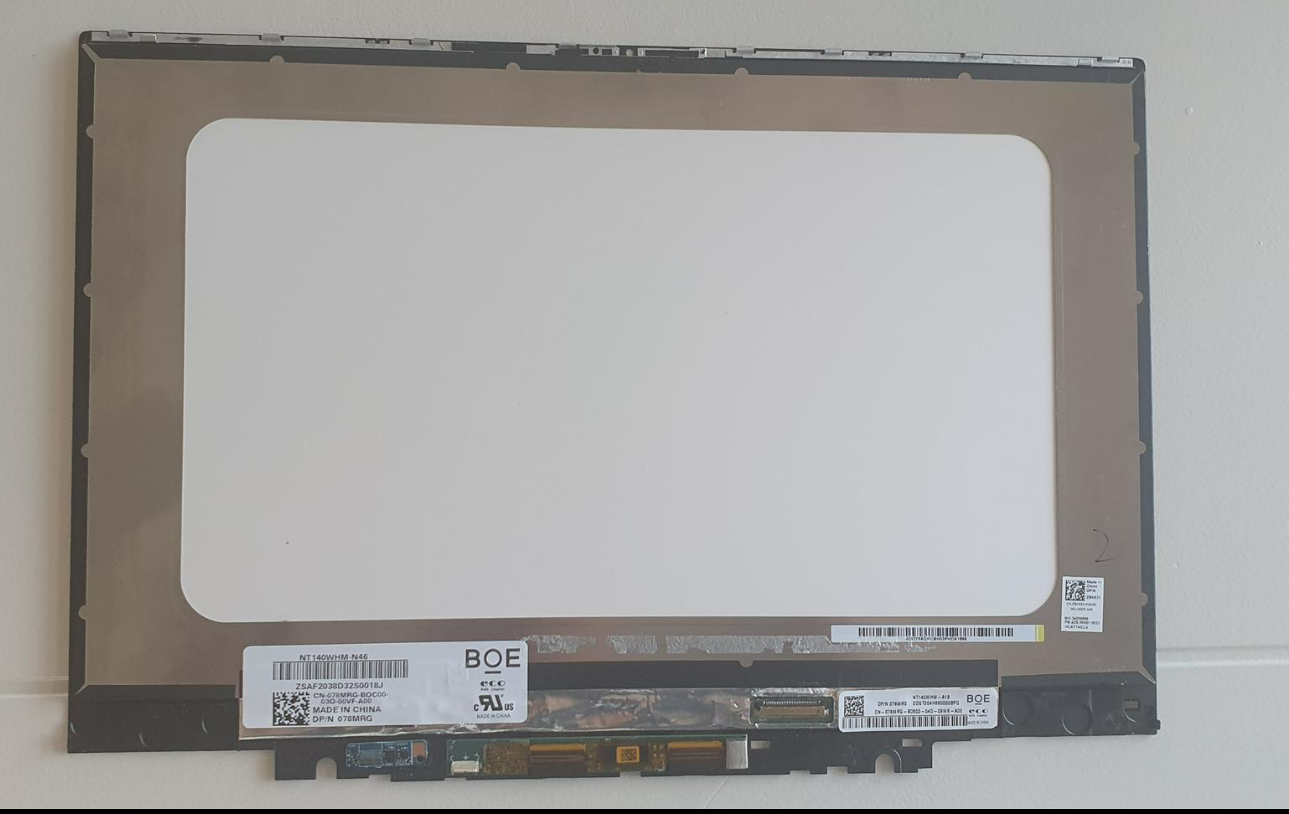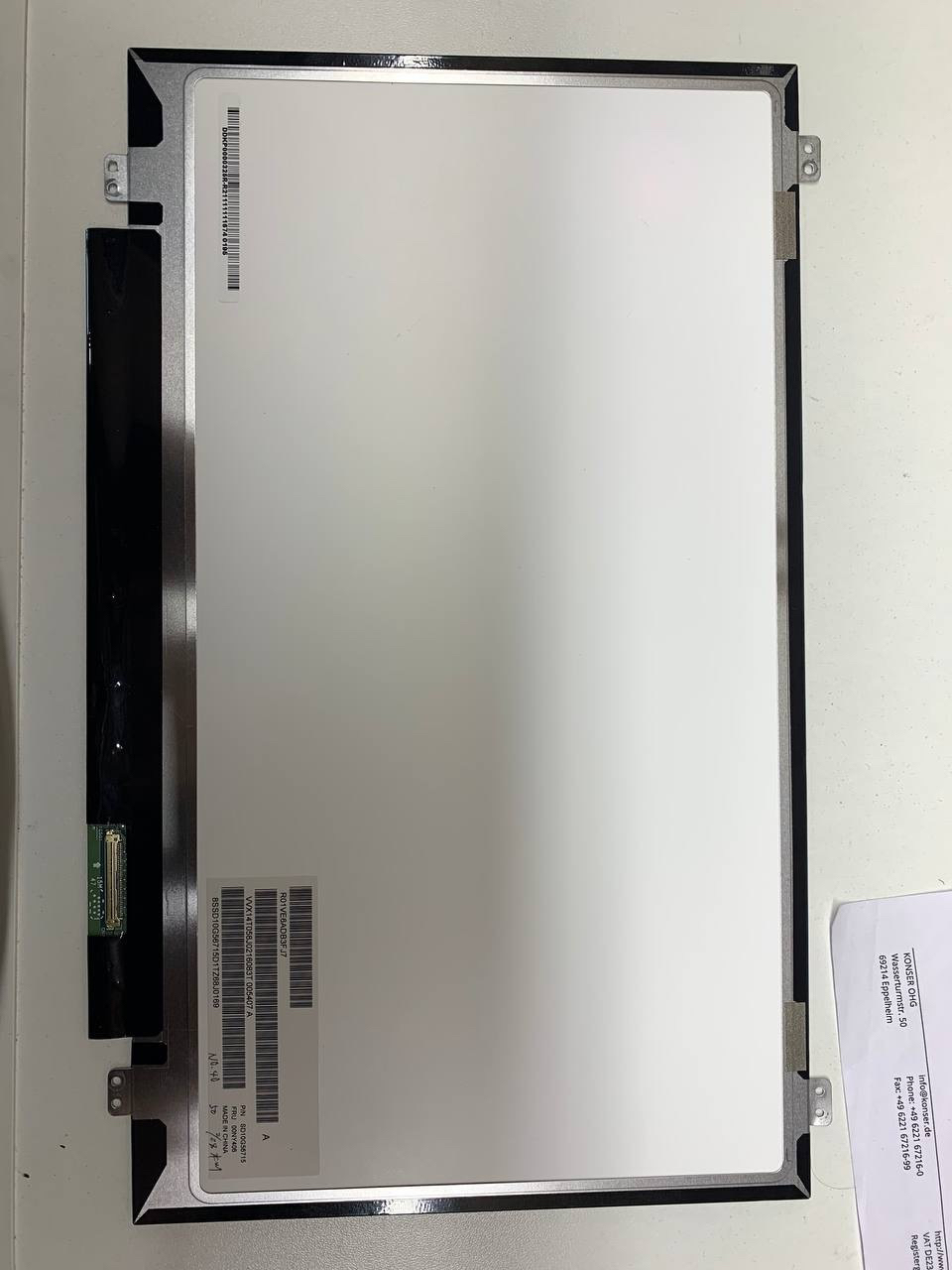OLED's Latest Analysis Report: Capacity Layout, Supply and Demand, Equipment Market Analysis
Summary: The latest analysis of OLED supply and demand-equipment investment layout in line with expectations but OLED supply is tight.
the latest analysis of OLED supply and demand-equipment investment layout in line with expectations but OLED supply is tight
DisplaySupply Chain Consultants (DSCC) recently released the latest quarterly OLED supply and demand report. In the past, tracking OLED capacity layout, yield and shipment according to different applications, it added classified data of flexible display and flexible foldable application products, as well as market share forecast of OLED equipment, including evaporation equipment, inkjet printing, lithography equipment and excimer laser annealing equipment.
DSCC, said, "OLED market is growing very rapidly because the entire smartphone market hopes to completely transform into OLED panel phones in the next 6-8 years. OLED can not only bring good display experience such as contrast, viewing angle and other performance, but also realize foldable and bendable effect on mobile phones with inherent large size and fixed form. In addition, OLED can also become lighter and more robust in flexible display applications. These advantages can enable smart phone manufacturers and OLED panel manufacturers to increase the average selling price and obtain high profits. As Samsung and Apple expect smartphone products to consume at least 60% of OLED capacity by 2019, other smartphone brands will face the fear of shortage. They are worried that they cannot guarantee sufficient capacity supply to support their OLED phone production, so other handset manufacturers will encourage more panel manufacturers to lay out OLED capacity or existing OLED manufacturers to expand their capacity investment through down payment or down payment.
As Samsung Display announced that the profit of OLED is more substantial than that of LCD, and the demand for OLED is strong, the display industry has begun to gradually lay out OLED investment. However, because OLED investment is capital-intensive relative to LCD, it means that even if the equipment capital investment is booked in 2017, there will be huge capital investment in the following years until smart phones and other mobile applications fully penetrate OLED applications, but this is not what we expect to see. We expect to see a significant expansion of 10.5 generation OLED TV capacity in 202020as inkjet devices and soluble materials mature.
the key review of this season's update of this report:
global OLED capacity layout investment is carried out in stages.
has 72 different OLED capacity investment plans from 2016 to 2021, including 12 less likely capacity layouts.
OLED Capacity Analysis from Input and Output Perspective
more realistic annual compound growth rate of OLED input capacity is expected to be 40%, from 7.6 million square meters in 2016 to 40.5 million square meters in 2021.
mobile display products are expected to consume at least 72% of OLED input capacity every year.
Apple expects to consume 28% of OLED mobile product production capacity in 2018, and will continue to grow until 2021 to slightly reduce to 20%.
's mobile product OLED capacity investment is for flexible display applications. So in the fourth quarter of 2017, flexible display capacity will be heavily invested until output begins in the second quarter of 2018.
South Korea is still the region with the highest OLED capacity share, it is expected to decline slowly, from 94% in 2016 to 69% in 2021.
OLED production capacity in China has a compound annual growth rate of 99%, from 5% in 2016 to 27% in 2021.
OLED TV input capacity is expected to increase to 37% by 2021, and the relative output compound growth rate is expected to increase to about 33%. Based on 55-inch products, it is equivalent to 8.4 million 55-inch OLED panels in 2021.
OLED Demand Analysis:
OLED panel shipments is expected to increase to 30% by 2021, from 0.3 billion 9 thousand 5 million pieces in 2016 to 1,460,000,000 pieces in 2021.
mobile display products are expected to demand OLED at least 90% of products every year.
VR head-mounted products and smart phones will be the second and third major applications after mobile phone applications.
OLED TV panel demand is expected to grow by 47% in 2021, with a demand of 5.9 million pieces.
OLED smartphone panel demand is expected to grow by 26% in 2019, while catching up with LCD panel phone market demand.
LCD smartphone panel demand is expected to fall to 8%, from 1.2 billion in 2016 to 806,000,000 in 2021.
OLED Supply and Demand Balance Analysis
Due to the shortage of OLED production capacity in 2016, and Samsung and Apple are expected to consume most of the production capacity released by OLED between 2017 and 2018, OLED supply and demand will still be in short supply by 2019.
we basically don't see any chance of a surplus of OLED capacity for smart displays in 2019, even though the theory expects a 10% surplus in 2019.
Main Factors Affecting OLED Supply and Demand Balance in the Future:
how fast new entrants will invest in OLED capacity, and will they delay or accelerate future investments based on their expected profit points?
how much capacity is used for low yield or collapsible curable products? We see that some high yield manufacturers have gradually converted foldable and curable products, which will reduce the output of production capacity.
OLED Deposition Equipment (Deposition)
From the perspective of revenue, the OLED deposition process (VTE + IJP) equipment market will grow by 211% to US $1,140,000,000 in 2016, is expected to grow by 90% to US $2.2 billion in 2017, by 8% to US $2.3 billion in 2018, and by 13% to US $2 billion in 2019. OLED deposition equipment will become the second largest display equipment category after lithography equipment in 2017.
OLED deposition equipment shipments increased by 83% in 2016, are expected to increase by 64% in 2017 and decline by 6% in 2018.
by region from 2015 to 2019, South Korea will have an important position in OLED deposition market with its 51%-42% advantage over China.
From 2015 to 2019, Samsung shows that it expects to lead the OLED deposition market with a 29% market share of over US $2 billion. LGD's investment of US $1.7 billion followed closely with a 23% market share, while BOE ranked third with a 13% market share of US $1.1 billion.
Although Hitachi became an early leading manufacturer due to shipments to Samsung A1 factory, Tokki subsequently dominated. In VTE system alone, the market share of revenue in Tokki2016 has reached 55% and is expected to increase to 76% in 2017.
Lithography Equipment (Lithography) Market
lithography equipment are expected to grow 29% in 2017, with revenue increasing 34% to reach a peak of US $2.7 billion. Shipments decreased slightly by 10% in 2018 and revenue decreased by 5% to US $2.6 billion. The lithography equipment market benefits from the high prices of a-Si LCD 10.5 generation lines and LTPS 6 generation substrate factory equipment.
OLED for lithography equipment will surpass that of LCD. OLED factories are expected to account for 65% of the demand for lithography equipment in 2017 compared to 31% in 2016. In 2019, it is estimated that the demand for lithography equipment in OLED factories will account for up to 76% of the market.
Due to the emergence of a large number of 6-generation OLED factories and the use of Mask in them, the use of OLED equipment in 6-generation substrate factories is expected to lead.
looking at lithography equipment shipments from a regional perspective, China is in 2016,2018,2019 ahead of South Korea, and only in 2017 South Korea is slightly ahead of China. From 2016 to 2019, China is expected to install 304 sets of equipment, leading South Korea with a market share of 54%-34%.
in terms of shipments, Nikon led by 71% of the market in 2016, but is expected to drop to 29% by 2017. Canon expects to go to Samsung in 2017 with more equipment, making him overtake Nikon with a market share of about 51%. In terms of revenue scale, Nikon is slightly ahead of the high price advantage brought by the installation of 10.5 generation line equipment.
Excimer Laser Annealing Equipment (ELA)
OLED is expected to occupy 93% of ELA's market share in 2017, up nearly 200% from 36% in 2016.
ELA equipment market is expected to peak in 2017 and decline slightly by 6% in 2018.
China will slightly lead South Korea's investment in ELA equipment by 46% to 45% in 2016, 2018 to 2019.
AP Systems to be a leading supplier in 2016 and is expected to continue to be in a leading position with a 59% share in 2017.
DSCC Quarterly Update OLED Supply and Demand Balance Report covers a large amount of data information, including 200 pages of PPT, 3 PivotTable files and 4 additional databases. The report effectively tracks the OLED market from the perspectives of equipment manufacturers, material manufacturers and panel manufacturers. Please contact us for Quarterly OLED Supply/Demand andCapital Spending Report and Model.
DSCC recently held a series of OLED-related conferences at the same time, especially the OLED forum jointly held with SID during SID display week, inviting leading manufacturers in all aspects of OLED supply chain, such as Applied Materials, BOE Technology, Corning, Cynora, Kateeva, LGDisplay, Merck, Royole ,UDC, etc.
Introduction to Display Supply Chain Consultants
Display Supply ChainConsultants (DSCC) is formed by senior analysts in the display industry. It tracks and displays the industry supply chain and publishes valuable analysis views and data at the same time, as well as customized services and professional conferences. We welcome friends from the industry to contact and discuss and cooperate in related services.
company website: www.displaysupplychain.com
